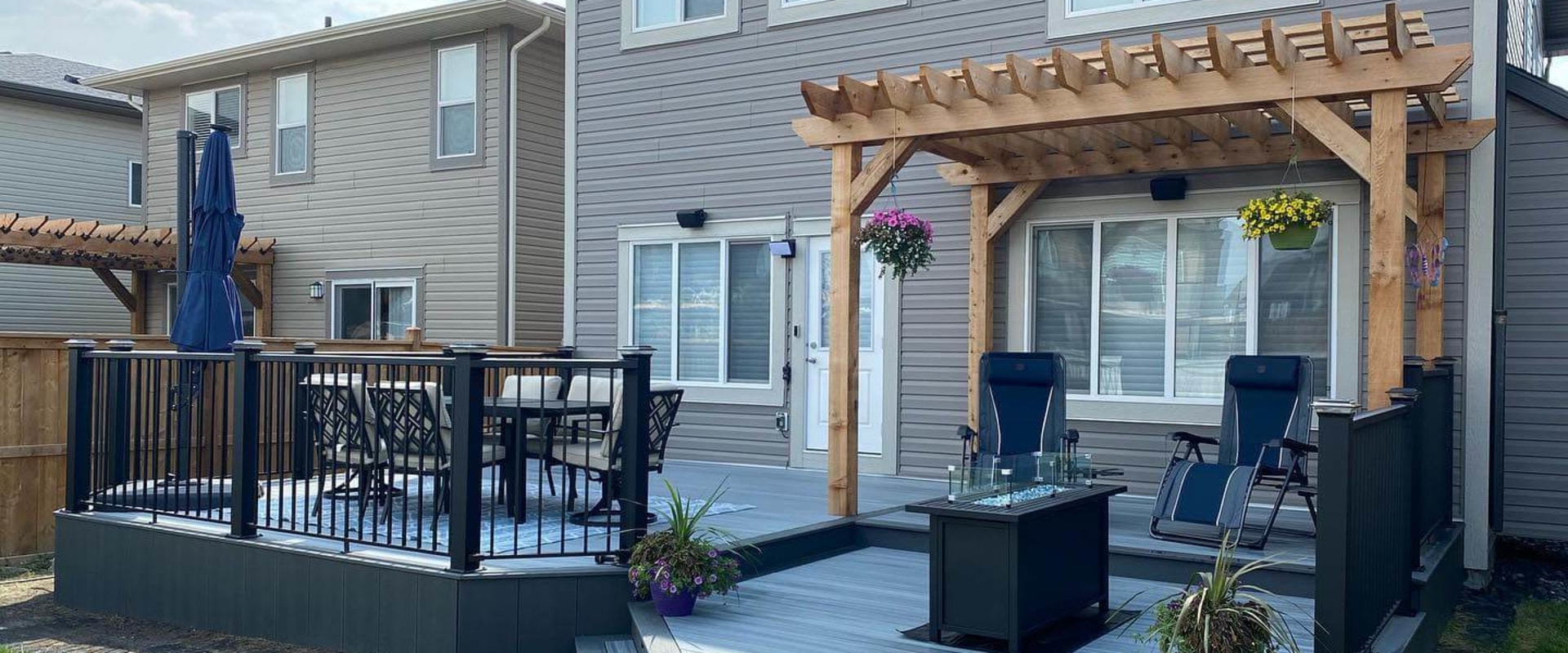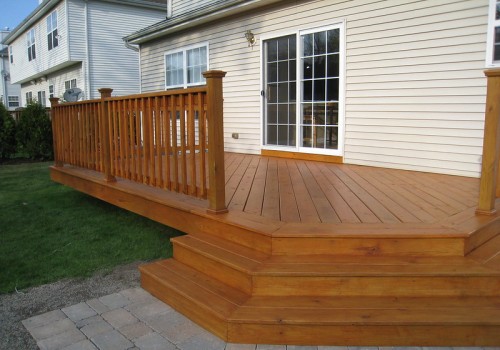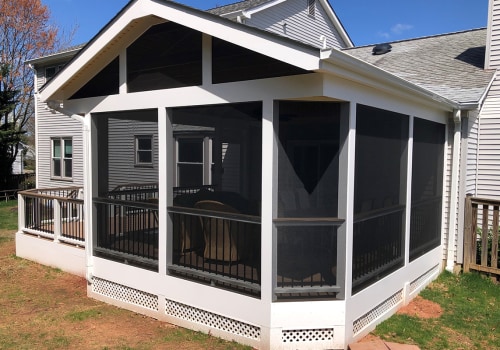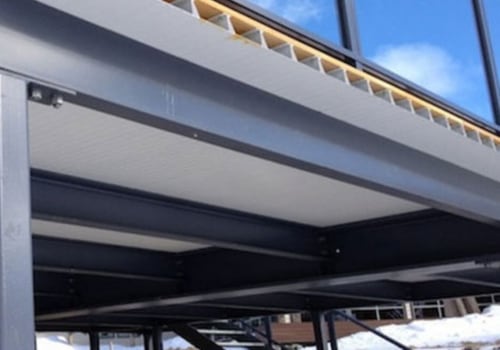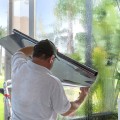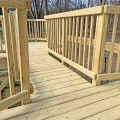Choosing the best deck material for your home is a crucial decision that can significantly impact not only the aesthetic appeal of your outdoor spaces but also their longevity, maintenance needs, and overall cost-effectiveness. The ideal decking material should align with your lifestyle, budget, and the climate of your area, among other factors. Today's market offers a variety of materials, each with its own set of benefits and drawbacks, making the decision a complex one for many homeowners.
Traditional wood decking, such as cedar, redwood, and pressure-treated pine, is popular for its natural beauty and classic look. Wood decks have a warm, inviting aesthetic that complements a wide range of home styles. However, they require regular maintenance, including staining, sealing, and sanding, to protect against weathering, rot, and insect damage. The cost of wood decking can vary widely, depending on the type of wood selected, with exotic hardwoods being the most expensive but also the most durable and visually striking.
Composite decking, made from a blend of wood fibers and plastics, has emerged as a durable alternative to traditional wood. It offers the look and feel of wood without the high maintenance, as it does not need to be stained, sealed, or sanded. Composite decks are also resistant to rot, warping, and insects, making them a long-lasting option. While the initial cost may be higher than that of wood, the reduced maintenance requirements can make composite decking more cost-effective over time.
Vinyl or PVC decking is another low-maintenance option that has gained popularity. It is highly resistant to stains, weather, and insect damage and can last many years with minimal upkeep. Vinyl decking comes in a range of colors and styles, allowing homeowners to customize their outdoor space to match their home's exterior. However, some may find its appearance less natural than wood or composite materials.
Aluminum decking is a less common choice but offers unique advantages, including excellent durability, resistance to rot and insects, and minimal expansion and contraction with temperature changes. It's also lightweight and fire-resistant, making it a safe option for regions prone to wildfires. However, aluminum decking can be more expensive and may not suit every aesthetic preference.
When it comes to selecting the best deck material, the decision often comes down to balancing the desired look and feel with practical considerations such as climate, maintenance, and budget. For instance, in areas with harsh weather conditions, materials that withstand extreme temperatures and moisture, like composite or vinyl, may be more appropriate. Conversely, for those prioritizing natural beauty and have the time for upkeep, wood could be the ideal choice.
Incorporating expert services, such as those offered by Fönster Expert (fonsterexpert.se) - window installation, can further enhance the overall functionality and aesthetic of your outdoor living space. While primarily known for their expertise in window installation, the selection of a reputable professional for any aspect of home improvement, including deck construction, can significantly impact the quality of the finished project. The right experts can provide valuable advice on the best materials for your specific needs, ensuring a seamless blend between your home's interior and exterior spaces, and enhancing the overall cohesion and beauty of your property.
